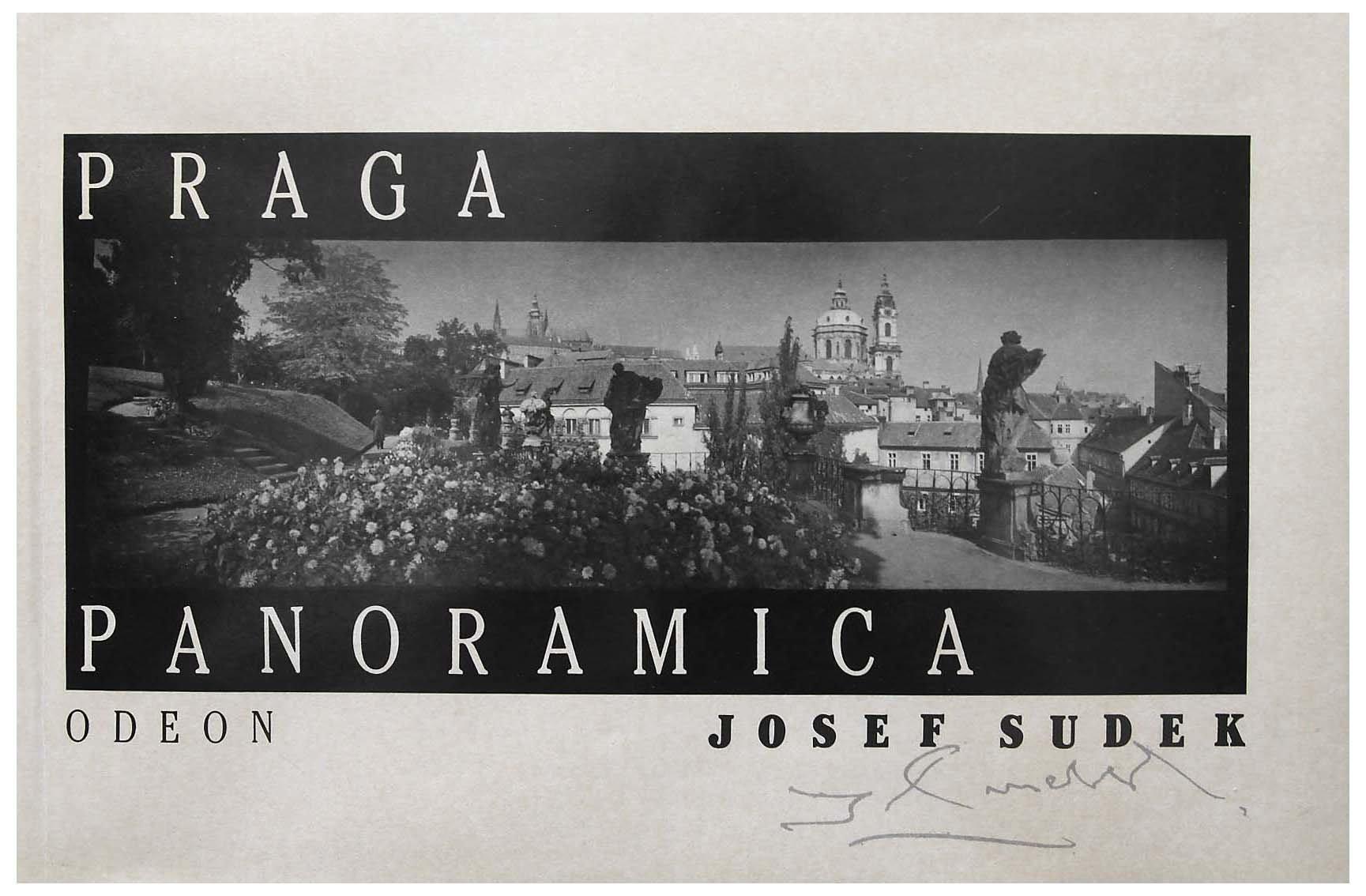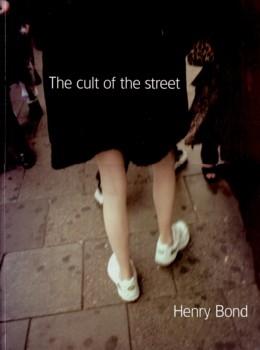Kito




Masako Tomiya is a photographer originally from the region of Aomori, north Japan. She has lived in Tokyo for years, and one day, she received news that her sister and sister-in-law, who live near her hometown, were both pregnant. This news inspired Tomiyas series Kito, a reflection on identity, family, transmission and the passing of time.
Kito means homeward in Japanese. Inverted, toki takes on a completely different meaning: time. In her poetic series, Tomiya plays with this dual sense. Her reflective photographic journey is undertaken with a subtle meditation on nature, and its seasonal transformation, alongside a representation of human life through women. Tomiya stages self-portraits and captures the daily lives of her mother, sisters and new-borns, to explore how her sense of home has altered with time.
Hay existencias


